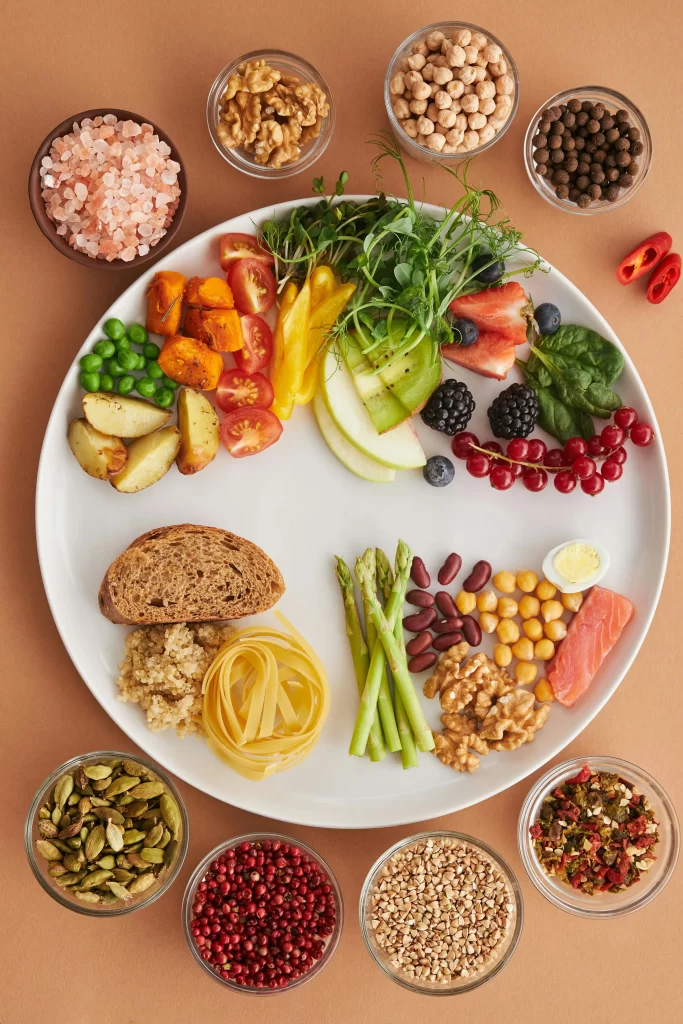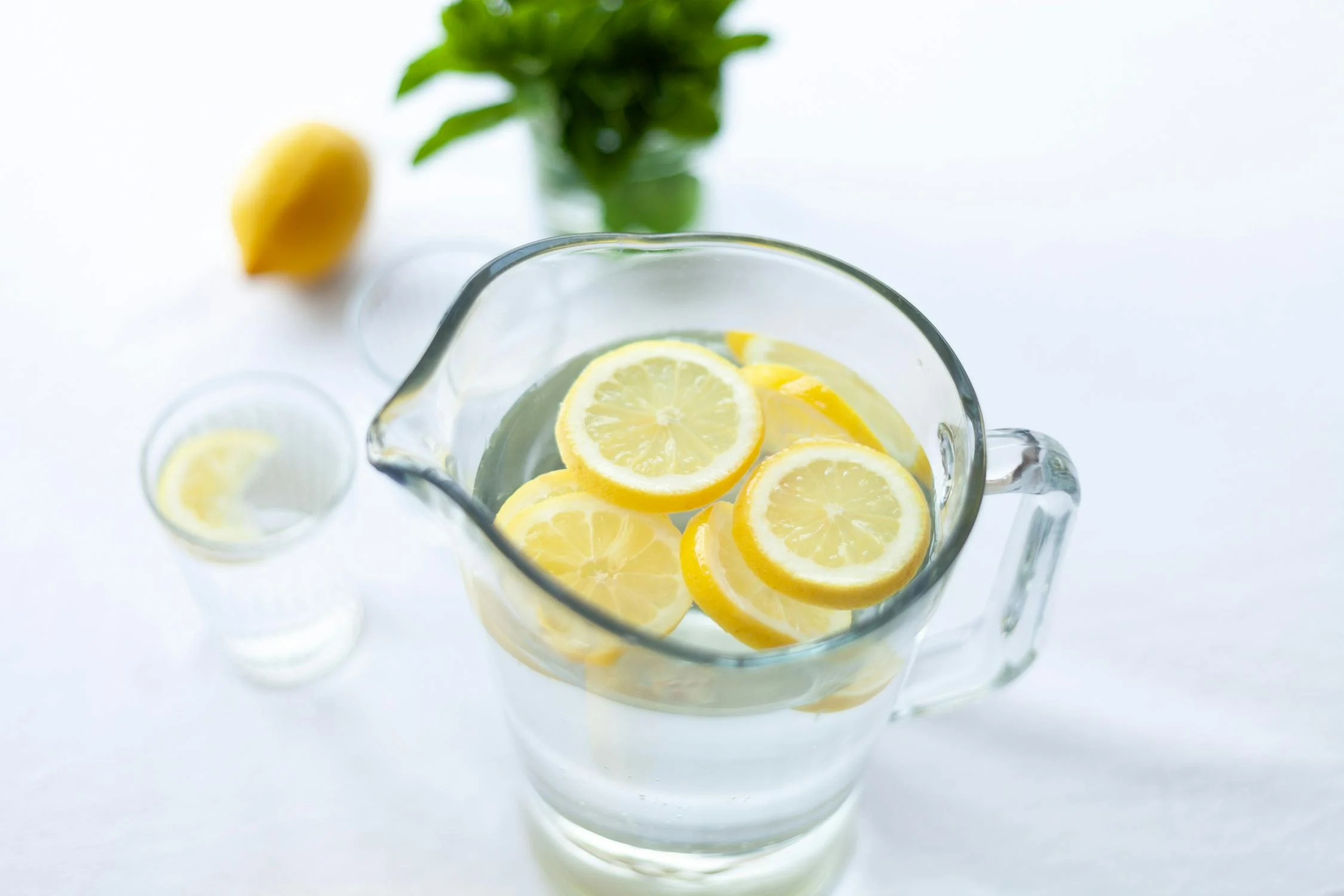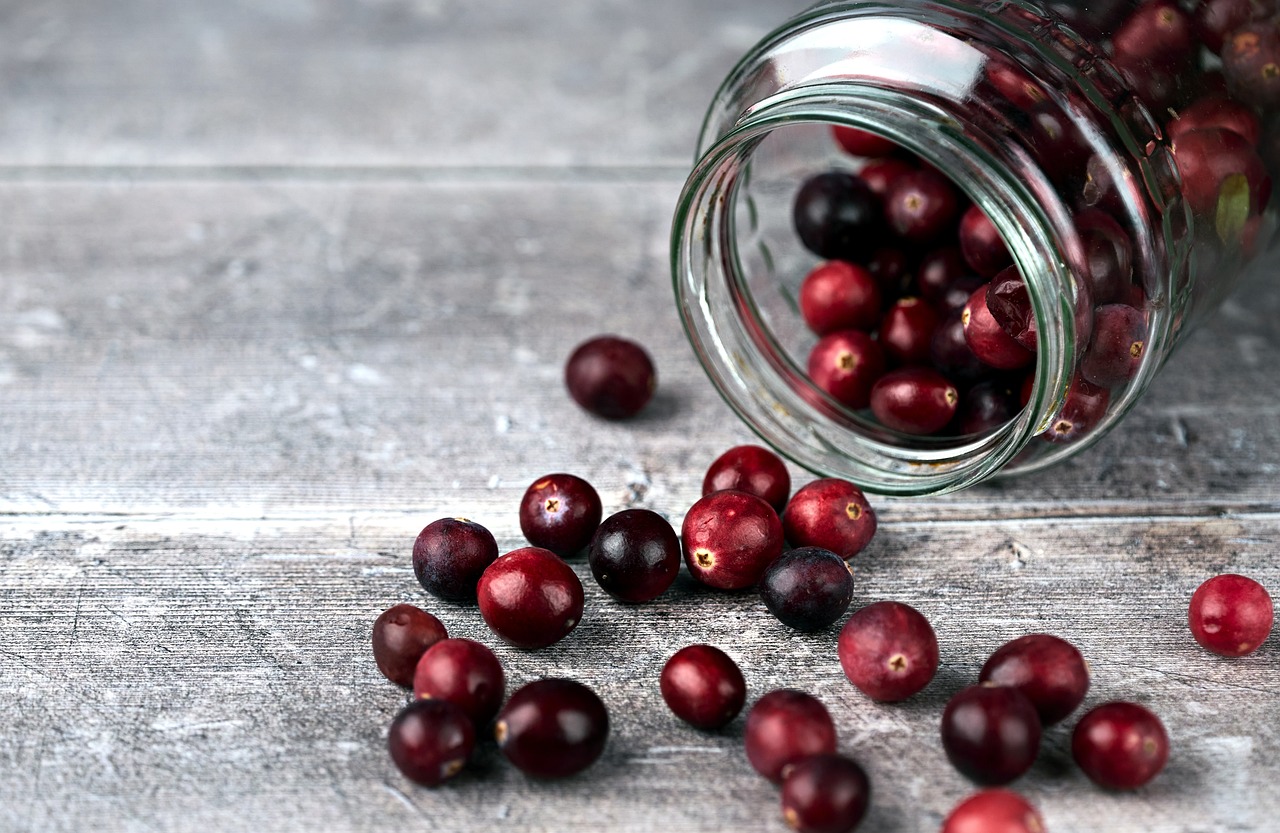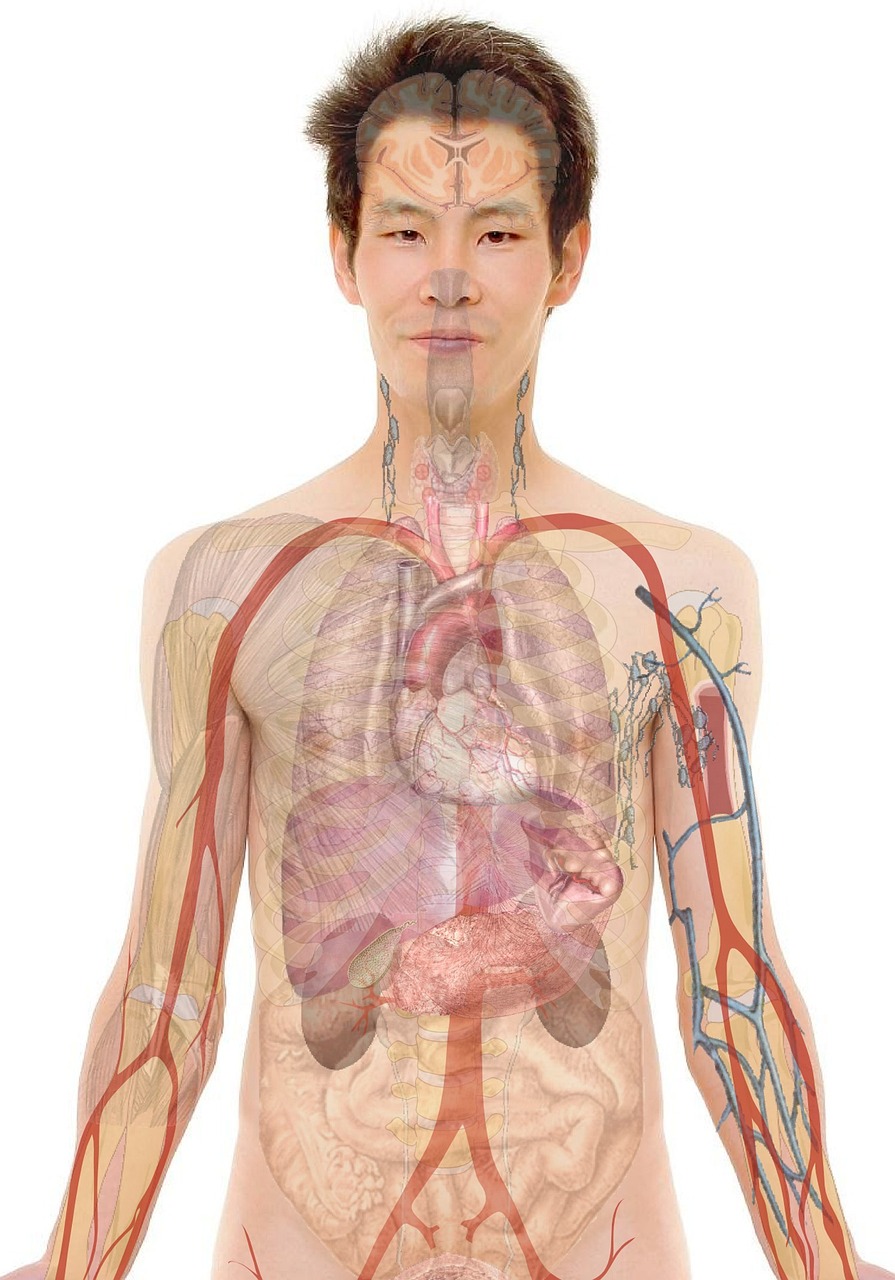If you’re considering the low FODMAP diet, you’re likely dealing with digestive issues such as Irritable Bowel Syndrome (IBS), bloating, or other gastrointestinal discomforts. The low FODMAP diet is an effective way to figure out which foods are causing your symptoms.
Developed in Australia over 17 years ago, it’s become a popular and well-researched tool to help people manage their symptoms and improve their overall gut health.
As a nutritionist, I’m Dr. Jyoti Singh, and I’m here to explain the low FODMAP diet for all my clients and people who wish to know more about it. This guide will walk you through what to eat, what to avoid, and how to successfully follow this elimination diet. Plus, I’ll cover FAQs and provide helpful tips to make this process easier for you.
Low FODMAP Diet List
| Category | Foods |
|---|---|
| Fruits | Bananas (unripe), Blueberries, Cantaloupes, Clementines, Dragon Fruit, Durian, Grapes, Honeydew melon, Kiwi, Lemon Juice, Lime Juice, Olives, Oranges, Pineapples, Prickly Pear Fruit, Rhubarb, Strawberries, Tangelo, Yellow Papaya |
| Vegetables | Alfalfa Sprouts, Arugula, Bamboo Shoots, Bean Sprouts, Bok Choy, Carrots, Celery, Chicory Leaves, Chili Pepper, Chives, Cucumber, Eggplant, Endive, Fennel Bulb, Green Bell Pepper, Green Beans, Kale, Leek, Leaf Lettuce, Parsnip, Pattypan Squash, Pickles, Radishes, Rutabaga, Scallions, Seaweed, Spinach, Sweet Potatoes, Tomatoes, Tomato Paste, Turnips, Water Chestnuts, Winter Squash, Zucchini |
| Proteins | Chicken, Duck, Eggs, Goat, Lamb, Seafood, Tempeh, Tofu, Turkey and other meats |
| Grains | Amaranth, Buckwheat Cereal, Buckwheat Flour, Corn Pasta, Corn Tortillas, Crackers, Cornmeal, Gluten-Free Pretzels, Gluten-Free Bread, Grits, Millet, Oatmeal, Oat Bran, Oat Flour, Popcorn, Potato Chips, Quinoa, Rice Cakes, Rice, Rice Bran, Soba Noodles, Sourdough Bread, White Potatoes |
| Nuts & Seeds | Almond Butter, Chia, Nuts (except cashews and pistachios), Peanut Butter, Pumpkin Seeds, Sunflower Seeds |
| Dairy & Alternatives | Almond Milk, Butter, Hard Cheese (Cheddar, Swiss, Parmesan, Brie, Mozzarella, Feta), Coconut Cream, Cottage Cheese, Cream Cheese, Dry Curd Cottage Cheese, Goat Cheese, Half-and-Half, Heavy Cream, Kefir, Milk, Ricotta Cheese, Sour Cream, Yogurt |
| Condiments & Sauces | Mayonnaise, Soy Sauce, Tartar Sauce, Tahini |
| Other | Beer, Candy/Chocolate, Corn Syrup, Coffee, Ice Cream, Jam, Jelly, Maple Syrup, Margarine, Oil, Rice Milk, Spirits, Teas, Wine, Sorbet, Sugar |
What is the Low FODMAP Diet?
The low FODMAP diet is designed to help people with digestive issues identify foods that trigger their symptoms. FODMAP stands for Fermentable Oligosaccharides, Disaccharides, Monosaccharides, and Polyols.
These are types of carbohydrates that are not easily absorbed in the small intestine, which can cause discomfort for some people. When these foods are poorly digested, they ferment in the gut, leading to symptoms like:
- Bloating
- Gas
- Diarrhea
- Constipation
- Stomach cramps
- Abdominal pain
The Three Phases of the Low FODMAP Diet: A Detailed Explanation
The low FODMAP diet is structured in three important phases: Elimination, Reintroduction, and Personalization. Each phase plays a critical role in helping you identify and manage the foods that trigger your digestive symptoms.
Let’s go through each phase in more detail.
Phase 1: Elimination Phase
In the Elimination Phase, you completely remove all high FODMAP foods from your diet for a period of 2 to 6 weeks. This phase is designed to give your digestive system a break by reducing the intake of fermentable carbohydrates that might be causing your symptoms.
Why is the Elimination Phase Important?
The goal here is to reduce or even eliminate digestive issues like bloating, gas, stomach pain, diarrhea, and constipation. By avoiding high FODMAP foods, you’re reducing the number of poorly digested carbohydrates that feed bacteria in the gut and ferment in the digestive system, which often leads to uncomfortable symptoms.
Foods to Avoid During the Elimination Phase
During this phase, it’s important to strictly avoid all high FODMAP foods, including certain fruits (like apples and pears), vegetables (like onions and garlic), dairy products (like milk and yogurt), legumes, and wheat-based products. You’ll need to replace these with low FODMAP alternatives, such as bananas (unripe), spinach, lactose-free dairy, gluten-free grains, and lean proteins.
What Happens During the Elimination Phase?
For most people, this phase results in a significant improvement in digestive symptoms within a couple of weeks. The relief you feel during this time can confirm that FODMAPs are the root cause of your gastrointestinal issues.
However, since this phase involves restricting many common foods, it’s not meant to be followed for long periods. The elimination phase typically lasts between 2 and 6 weeks, depending on how quickly your symptoms improve.
Phase 2: Reintroduction Phase
Once you’ve completed the elimination phase and noticed an improvement in your symptoms, you move on to the Reintroduction Phase. This is where you slowly bring back high FODMAP foods into your diet to identify which specific FODMAPs or foods are causing your symptoms.
Why is the Reintroduction Phase Important?
Not all FODMAPs affect everyone in the same way. Some people may be sensitive to just one or two types of FODMAPs, while others may react to several. The purpose of this phase is to test your tolerance to different types of FODMAPs and determine exactly which foods trigger your symptoms.
How Does the Reintroduction Phase Work?
During this phase, you reintroduce one FODMAP group (like oligosaccharides or polyols) or one food at a time. This process allows you to carefully monitor how your body responds. You’ll eat a small amount of food from a specific FODMAP category and then gradually increase the portion size over several days. It’s important to reintroduce foods slowly and keep track of any symptoms that arise.
For example, you might start by adding a small amount of wheat-based bread to your diet to test your tolerance for oligosaccharides. If you don’t experience symptoms, you can slowly increase the portion over the next few days. If symptoms return, this suggests that oligosaccharides may be a trigger for you.
What Should You Track During Reintroduction?
Keeping a food diary during the reintroduction phase is essential. Record what you ate, the portion size, and any symptoms that occurred. Common symptoms to watch for include bloating, cramping, diarrhea, gas, or constipation.
By tracking your progress, you’ll be able to pinpoint exactly which foods or FODMAP groups are problematic. This phase can take 6 to 8 weeks, depending on how many foods you’re reintroducing and how your body reacts.
Phase 3: Personalization Phase
The final stage of the low FODMAP diet is the Personalization Phase. Once you’ve completed the elimination and reintroduction phases, you now have a clear understanding of which foods trigger your digestive issues.
The goal of the personalization phase is to create a long-term, sustainable eating plan that avoids your trigger foods while still allowing you to enjoy a varied and balanced diet.
Why is the Personalization Phase Important?
The low FODMAP diet is not meant to be followed strictly forever. Its purpose is to help you learn about your individual food tolerances so you can manage your symptoms while still getting the nutrients you need. In the personalization phase, you can confidently eat low FODMAP foods and the high FODMAP foods that you’ve tested and can tolerate, creating a diet tailored to your body’s needs.
What Does the Personalization Phase Look Like?
During this phase, you’ll reintroduce the FODMAPs that you tolerated well in larger quantities or more frequently in your diet. You’ll also continue to avoid or limit the foods that triggered symptoms during the reintroduction phase. The key is balance — you don’t have to cut out entire food groups unless they are a clear trigger for your symptoms.
For example, if you found that fructose (found in apples and honey) triggers your symptoms, you would avoid foods high in fructose, but you may be able to include other types of FODMAPs like lactose or polyols in your diet without issue.
Maintaining a Balanced Diet
It’s important to ensure that your diet remains balanced and provides all the necessary nutrients. During the personalization phase, you should aim to include a variety of fruits, vegetables, proteins, and whole grains that are low in FODMAPs or that you tolerate well.
This will help you maintain good digestive health and overall well-being. You may also want to continue working with a dietitian during this phase to ensure that your diet is well-rounded and nutritionally complete.
Key Tips for Each Phase
- For the Elimination Phase: Stick to a strict low FODMAP food list and avoid any high FODMAP foods. Meal planning and food prep can help make this phase easier.
- For the Reintroduction Phase: Introduce foods slowly, one at a time, and in small portions. Keep a detailed food diary to track symptoms.
- For the Personalization Phase: Create a balanced diet that includes a wide range of tolerated foods while avoiding your triggers. Focus on long-term sustainability.
Understanding FODMAPs
Here’s a breakdown of the four types of FODMAPs:
- Oligosaccharides: Found in foods like wheat, onions, garlic, and legumes.
- Disaccharides: Found in lactose-containing foods such as milk, yogurt, and soft cheeses.
- Monosaccharides: Mainly refers to fructose, found in foods like apples, honey, and high-fructose corn syrup.
- Polyols: Found in certain fruits and vegetables like stone fruits, as well as artificial sweeteners.
Benefits of the Low FODMAP Diet
The low FODMAP diet can help:
- Reduce IBS symptoms
- Improve digestive health
- Identify trigger foods that cause discomfort
- Improve overall quality of life for those with GI disorders
High FODMAP Foods to Avoid
Not all foods are high in FODMAPs, and portion size also plays a big role in whether a food is considered high or low in FODMAPs. Here’s a list of common high FODMAP foods:
| Food Group | High FODMAP Foods |
|---|---|
| Fruits | Apples, Pears, Cherries, Watermelon, Mangoes |
| Vegetables | Onions, Garlic, Asparagus, Cauliflower, Mushrooms |
| Dairy | Milk, Yogurt, Soft Cheeses, Ice Cream |
| Grains | Wheat, Rye, Barley, Pasta, Cookies, Bread |
| Legumes | Beans, Lentils, Chickpeas |
| Sweeteners | Honey, High-Fructose Corn Syrup, Agave Syrup |
| Drinks | Apple Juice, Fruit Juice, Soft Drinks with Sweeteners |
These foods tend to cause gas, bloating, and other symptoms for people sensitive to FODMAPs. Avoid them during the elimination phase.
Low FODMAP Foods You Can Enjoy
Thankfully, there are plenty of low FODMAP foods you can eat. Here’s a list of options to include in your diet:
| Food Group | Low FODMAP Foods |
|---|---|
| Fruits | Bananas (unripe), Blueberries, Strawberries, Oranges |
| Vegetables | Carrots, Cucumbers, Spinach, Zucchini, Bell Peppers |
| Dairy | Lactose-free Milk, Hard Cheeses (Cheddar, Swiss), Almond Milk |
| Grains | Gluten-free Bread, Rice, Oats, Quinoa |
| Proteins | Chicken, Beef, Pork, Eggs, Firm Tofu, Seafood |
| Nuts/Seeds | Almonds (small portions), Peanuts, Chia Seeds |
| Sweeteners | Maple Syrup, Sugar, Artificial Sweeteners (e.g., Stevia) |
| Drinks | Water, Black Coffee, Herbal Teas (Peppermint, Ginger) |
These foods are generally easier to digest and are safe to eat during the elimination phase.
Tips for Success on the Low FODMAP Diet
Following the low FODMAP diet can be challenging, especially when you’re just starting. Here are some tips to help you succeed:
- Plan Your Meals: Before starting the diet, plan your meals for the week. This will help you avoid accidentally eating high FODMAP foods.
- Read Labels Carefully: Many processed foods contain hidden FODMAPs, so always check ingredient labels for high FODMAP ingredients like garlic, onions, and high-fructose corn syrup.
- Work with a Dietitian: The low FODMAP diet is complex, so it’s a good idea to work with a GI dietitian who can help guide you through the process and ensure you’re still getting all the nutrients you need.
- Keep a Food Diary: During the elimination and reintroduction phases, keep a record of what you eat and how you feel. This will help you identify which foods are triggering your symptoms.
- Focus on Portion Sizes: Some foods are low FODMAP in small amounts but high FODMAP in larger amounts. For example, an unripe banana is low FODMAP, but a ripe one is not.
Common Challenges and How to Overcome Them
The low FODMAP diet can be difficult to follow, but here are some common challenges and tips to overcome them:
- Finding Safe Foods at Restaurants: Eating out can be tricky, but it’s possible. Look for grilled meats, plain vegetables, and gluten-free options. Don’t hesitate to ask your server about ingredients.
- Social Events: Parties and social events can make sticking to the diet difficult. Bring your own low FODMAP dish to share or eat before the event to avoid temptation.
- Missing Certain Foods: You may miss certain high FODMAP foods like bread or pasta. Luckily, there are many gluten-free and low FODMAP alternatives available, like rice-based pasta or gluten-free bread.
Sample Low FODMAP Meal Plan
Here’s a simple meal plan to get you started on the low FODMAP diet:
1. Breakfast
- Scrambled eggs with spinach and a slice of gluten-free toast
- A cup of lactose-free yogurt with blueberries
2. Lunch
- Grilled chicken salad with lettuce, cucumbers, carrots, and olive oil dressing
- Rice cakes with almond butter
3. Dinner
- Grilled salmon with steamed zucchini and quinoa
- A side of roasted sweet potatoes
4. Snacks
- A handful of strawberries
- Hard cheese with gluten-free crackers
- Carrot sticks with hummus (made without garlic)
FAQs About the Low FODMAP Diet
High FODMAP foods include certain fruits like apples and pears, vegetables like onions and garlic, dairy products like milk and yogurt, and grains like wheat and rye.
The elimination phase should last 2-6 weeks, followed by the reintroduction phase, which can take another 6-8 weeks. The final phase, personalization, is lifelong but tailored to your individual needs.
During the elimination phase, you’ll avoid high FODMAP foods such as certain fruits (apples, pears, watermelon), vegetables (onions, garlic, cauliflower), dairy products (milk, yogurt, soft cheeses), grains (wheat, rye, barley), and legumes (beans, lentils). You’ll reintroduce these foods one at a time in the reintroduction phase to see if they trigger your symptoms.
In the reintroduction phase, you’ll reintroduce high FODMAP foods one at a time to identify which specific FODMAPs cause your symptoms. By testing one FODMAP group at a time (such as oligosaccharides, disaccharides, monosaccharides, or polyols), you can pinpoint which ones trigger your digestive issues. Keeping a detailed food diary will help you track symptoms and determine your sensitivities.
Yes, with proper planning, you can still maintain a balanced diet during the low FODMAP diet. Focus on incorporating a variety of low FODMAP fruits, vegetables, proteins, and grains into your meals. Working with a dietitian can help ensure that you get all the nutrients you need, especially during the elimination phase.
Yes, there are plenty of low FODMAP foods that you can enjoy during the elimination phase. These include: Fruits like bananas (unripe), blueberries, strawberries, and oranges. Vegetables like carrots, spinach, cucumbers, and zucchini. Proteins like chicken, beef, pork, eggs, and firm tofu. Grains like rice, quinoa, oats, and gluten-free products.
You can drink coffee in moderation (black coffee is best, with no milk or cream). For alcohol, small amounts of certain types are allowed, such as wine (red, white, or sparkling) and spirits (except rum, which is high in FODMAPs). It’s best to limit alcohol consumption during the elimination phase to avoid digestive irritation.
No, the goal of the low FODMAP diet is not to follow it strictly forever. Once you complete the reintroduction phase and have identified your specific triggers, you can return to a varied diet while avoiding the foods that cause your symptoms. The personalization phase is about finding balance — eating the foods you tolerate well and avoiding those that trigger discomfort.
Yes, research has shown that the low FODMAP diet can help manage symptoms in other gastrointestinal conditions, including small intestinal bacterial overgrowth (SIBO), inflammatory bowel disease (IBD), and some people with endometriosis or fibromyalgia who experience digestive discomfort. What foods are considered high FODMAP?
How long should I follow the low FODMAP diet?
What foods should I avoid on the low FODMAP diet?
How do I know which FODMAPs I’m sensitive to?
Can I still get enough nutrients on the low FODMAP diet?
Are there any foods I can eat freely on the low FODMAP diet?
Can I drink coffee and alcohol on the low FODMAP diet?
Do I need to follow the low FODMAP diet for the rest of my life?
Can the low FODMAP diet help with other conditions besides IBS?









